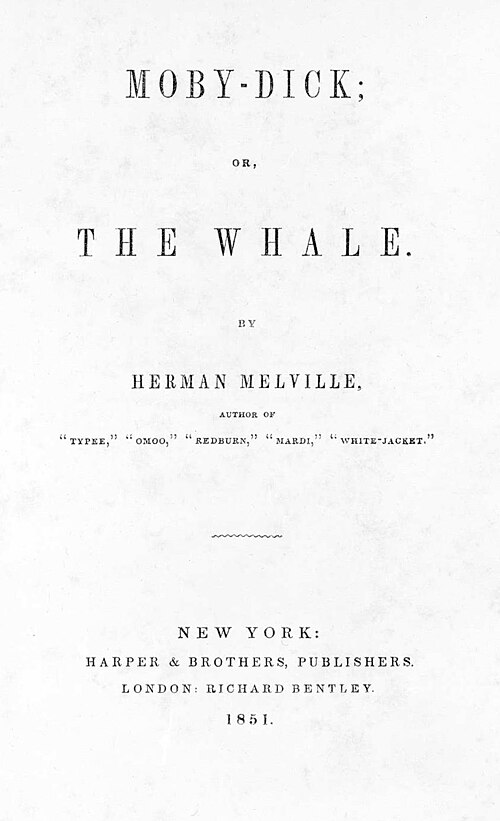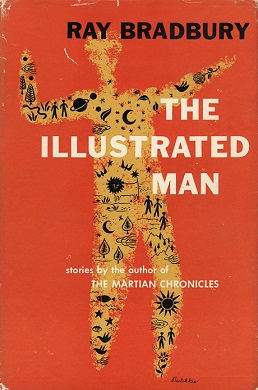Do one or more tattoos adorn your skin? About a third of Americans can say yes. How many tattooed fictional characters can you name? Today, I’ll discuss the use of tattoos in fiction, and mention how and where I’ve used tattoos in my own writing.
Examples
I remembered only two tattooed characters in the books I’ve read. Queequeg, in Moby-Dick by Herman Melville, bore tattoos of mystical symbols theorizing about heaven and earth.
Mr. Dark, in The Illustrated Man by Ray Bradbury, sported tattoos over most of his body. They seemed to move, and to depict stories—tales which form the book. Disney used that notion of moving, story-telling tattoos in the movie Moana.
I need to read more. My memory of tattooed characters ended there and didn’t scratch the skin’s surface. This post by Dan Sheehan and this one by Marjorie M. Liu cited many more interesting examples.
Uses
As they do with real people, tattoos reveal aspects about fictional characters. The placement and art of the tattoo tell the reader facts about the character in an immediate and visual way. You may also infer things by clothing, but people change their clothes, not their tattoos. Tattoos make a permanent statement. This post by June Gervais provides great advice for writers regarding the uses and correct terminology of tattooing.
Seastead Tattoos
In my book, The Seastead Chronicles, tattoos play a role, and appear in three varieties—bioluminescent, full-body skin dyeing, and forehead tattoos.
Bioluminescent Tattoos
In the story “A Green Isle in the Sea,” I show minor characters possessing tattoos that glow. Moreover, characters can turn them on and off like flashlights or, more appropriately, like some deep-sea creatures. A handy feature if power fails and the seastead loses all lighting.
I know a type of bioluminescent tattoo exists today, but it requires black light (ultraviolet) to see, doesn’t glow in the dark, and can’t be turned on and off.
Full-Body Skin Dyeing
Starting with “First Flow of the Tide” and continuing in later stories, I make use of full-body skin dyeing. Adherents of the Oceanism religion may undergo a practice called Immersion, as a way of affirming devotion. During Immersion, skin over the entire body gets permanently dyed in some water-related color like blue or green or a mix. Not only does this demonstrate fealty to Oceanism, it also hides the character’s born race, at least regarding the trait of skin color.
Forehead Tattoos
Another aspect of Oceanism’s Immersion ceremony involves tattooing the image of a sea creature on the forehead. Many choose the five-armed starfish, a symbol of Oceanism itself. However, believers may opt for any sea creature, and that choice often tells something about the character.
What Now?
Did I put you in the mood to get a tattoo? If so, let me know what you get. Did I inspire you to write about a tattooed character? If so, tell me about that. As for me, I’ll never reveal where my tattoo is, the one bearing the title—
Poseidon’s Scribe



